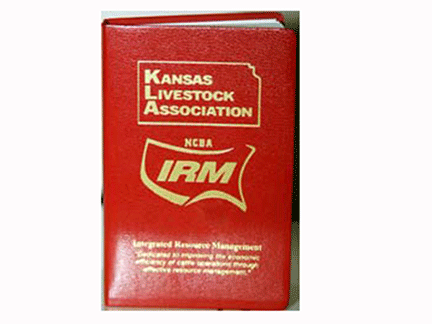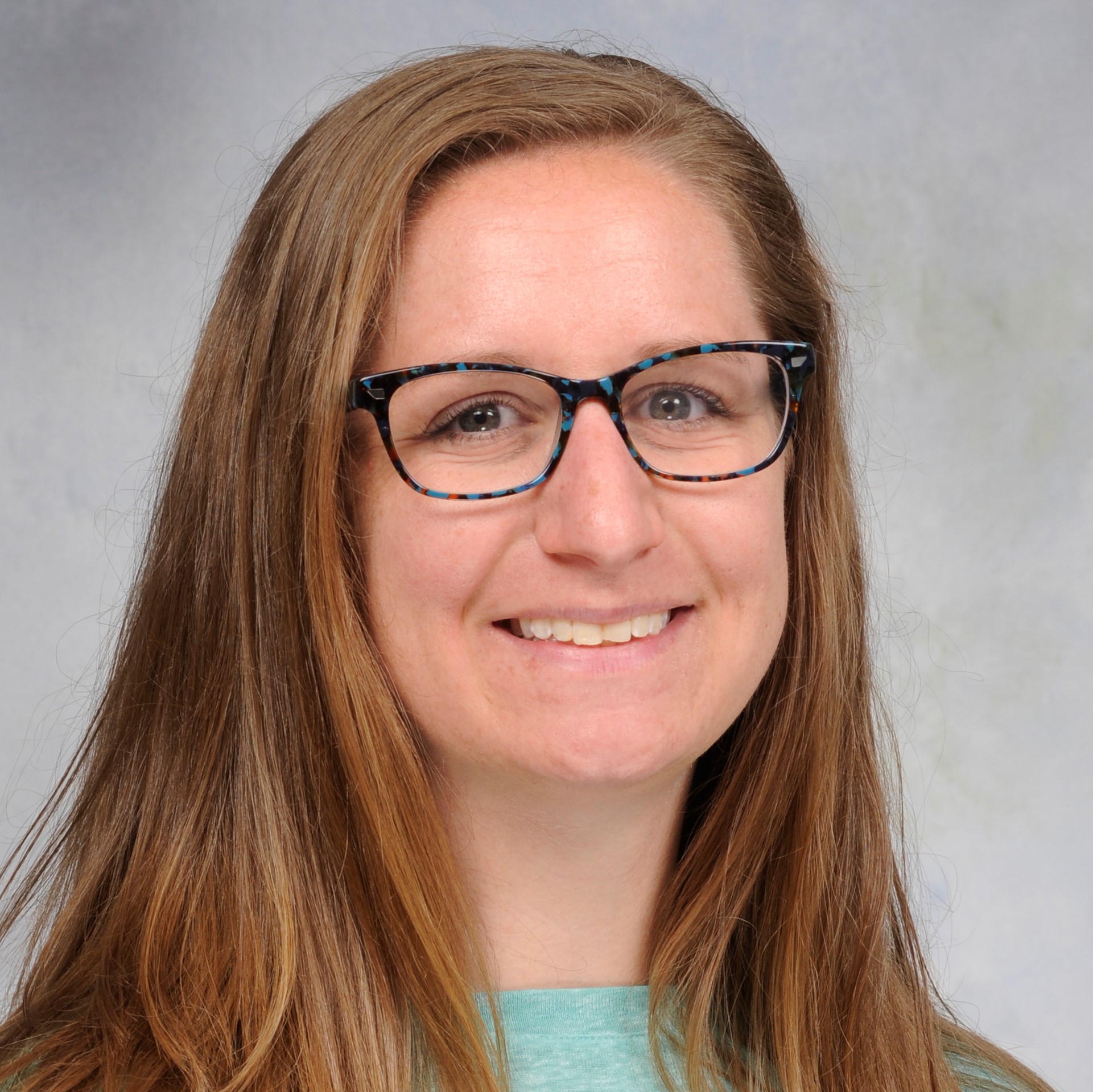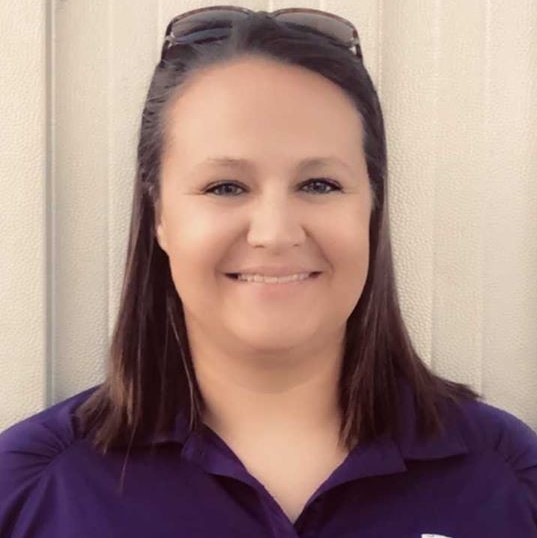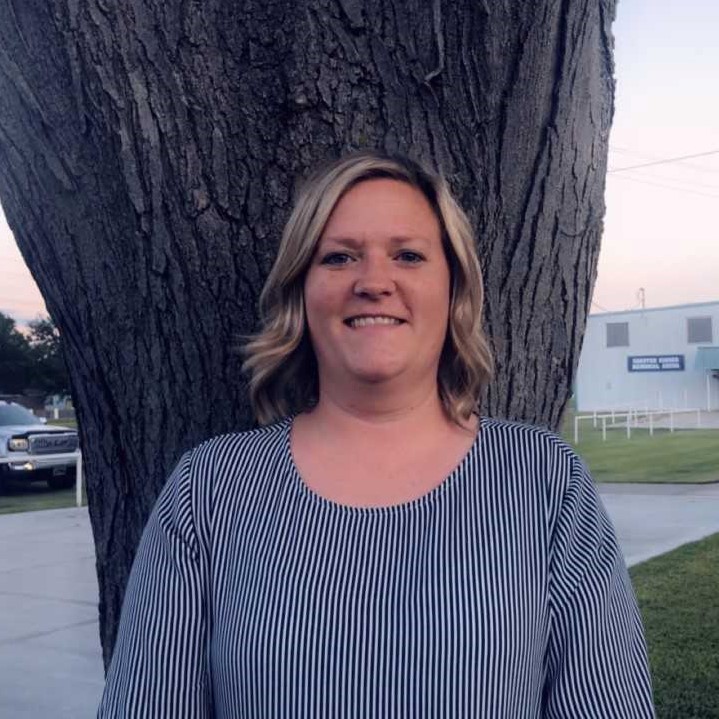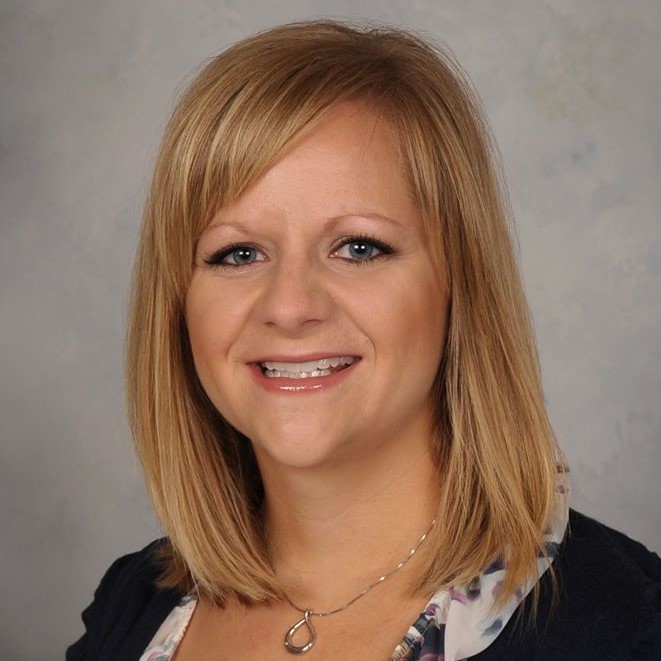By: Kristin Penner, Family Resource Management Extension Agent
Turning 65 and need to know the basics of Medicare? Here is what you need to know.
Who is eligible:
- S. Citizens or Permanent Legal Residents
- Age 65 or older and eligible to receive Social Security or Rail Road Retirement Benefits (RRB)
- Under age 65, permanently disabled and have been receiving Social Security Disability benefits for at least 2 years.
- Any age if diagnosed with End-Stage Renal Disease or Lateral Sclerosis
- Paid in 40 quarters Medicare Payroll Taxes
Enrollment is not automatic unless you are receiving Social Security or RRB Benefits. For instance, if you are still working you are not automatically enrolled. To enroll you will visit your local Social Security Administration, unless you are retired from the railroad you will enroll with the RRB.
Enrollment periods are very important dates and if missed may cause you to pay more in the long run.
Your initial enrollment period is a 7-month window around your 65th birthday. 3 months before to 3 months after your birthday month. This is when you can enroll in Part A, Part B, Medigap (supplemental), and Part D (prescription). Coverage start dates depend upon which of the 7 months you choose to enroll in. You will need to be aware of this time line to make sure you do not have a gap in your coverage.
Open enrollment is the annual election period between October 15-December 7th of each year. You can enroll or change your part D plan during this period.
Special enrollment periods are up to 8 months after employment ends or your insurance coverage ends. You can enroll in Part A, Part B, then Medigap during this time. Part D you have up to 2 months after credible coverage ends to enroll.
What is Part A, B and Medigap? Part A of Medicare is the Hospital coverage, Part B is Outpatient care (doctor’s visits, lab work, ER, plus more), Medigap also known as your supplemental plan helps pay for Part A/B copays. Medigap does just what it says and fills in the gaps. Part D is your plan for prescription medications.
You might have seen a commercial advertisement for Medicare Advantage Plans. In rural areas like Southwest Kansas these types of plans do not work for our residents. Please do your research before committing to a plan like this or give me a call and we can go over why.
There are many parts and pieces to Medicare and it can be very confusing at times to know what is the best choice. In the state of Kansas, we have trained volunteers call SHICK Counselors who can assist in comparing plans and giving you the resources you will need to make the best choice for your coverage. I am a one of those trained volunteers that would be happy to visit with you.
For more information on Medicare please visit https://www.medicare.gov/ or call the Haskell County Extension office at 620-675-2261.



